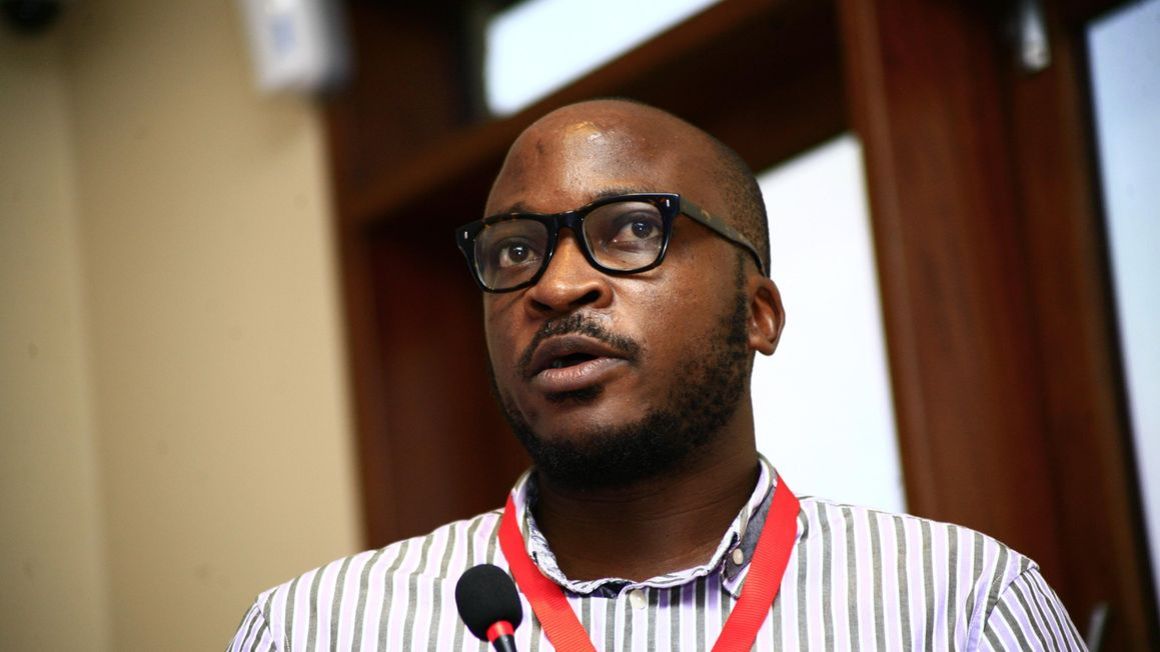Prime
Armed with a deadly new acronym, we’re back at war against poverty

Daniel K. Kalinaki
A large social experiment had been taking place before our own eyes over the past three decades. To supporters, it was an attempt to eliminate or seriously dent rural poverty by increasing agricultural productivity and linking that expanded production to markets.
The attention is warranted. Agriculture contributes a quarter of GDP and employs seven out of every 10 Ugandans, including most women and many young people. Almost one in two heads of smallholder farming households in Uganda are aged below 40. To sort out Uganda’s poverty, you need to sort out its poor people stuck in agriculture.
Yet there’s relatively little to show for three decades of throwing money at the problem. The proportion of the population living under extreme poverty has fallen from more than half in 1992 to less than a quarter today, but it has stubbornly refused to fall any further, and has in fact increased in absolute terms. There are more Ugandans living below the poverty line today, in absolute numbers, than there were a decade ago.
The passage of time, the accumulation of data and improvement in analysis shows that some of the forward movement, while not merely a dead-cat bounce, was in spite – and not because of public programming.
Few countries have paid more attention to improving agricultural productivity. There was the Plan for Modernisation of Agriculture (PMA), which fed off the Poverty Eradication Action Plan (PEAP) and which fed into the Entandiikwa Programme. Then there was the National Agricultural Advisory Services (NAADS) whose clever-by-half idea was to get rid of agricultural extension workers.
And when that failed, it was decided that soldiers could do the job of delivering agricultural inputs with military precision to all corners of the country through Operation Wealth Creation (OWC) while also finding time to canoodle with musicians, dee-jays and other loud types. No wonder to critics this was a war against rural poverty using acronyms and letters of the alphabet.
A few sectors such as dairy and coffee production have thrived and the peace dividend in northern Uganda and South Sudan have opened up new markets, including in the rest of the East African Community for poultry farmers, for instance.
But the overall scorecard remains poor. A lot of the increase in agricultural production has come from the expansion of farmland, not from farms becoming more productive. This is why there is ever-growing encroachment on protected forests and wetlands. Many of the more visible corporate weekend farmers are merely reallocating capital accumulated from other ventures.
In fact data from official sources show that the difference between aggregate output growth in agriculture and the growth of all inputs and factors of production that produced it has been negative for two decades. We are putting more into agriculture than we are getting out of it.
While the sector is projected to grow at over four percent in the coming financial year, its average trailing growth over the past few years was just over two percent. This is lower than the 4-5 percent seen among some of our neighbours, and is even below population growth rate at 3.3 percent. This partially explains why the share of the population involved in agriculture, as well as its contribution to GDP has remained almost constant: it is the home of disguised unemployment.
Despite fertile soils, a large number of Ugandans suffer from food insecurity and are malnourished. Many Ugandans consider themselves to be down to earth; the truth is that we suffer from stunted growth but just don’t know it.
We are at it again, armed with another acronym – the Parish Development Model (PDM). We are also throwing more money at the problem: Shs564 billion in agricultural production, Shs628b in dealing with climate change, and Shs1.4 trillion to promote “agro-industrialisation, standards and market entry”. The weeds are trembling with their flimsy roots.
These large agricultural projects have previously been used as pipelines for patronage, to deliver rewards at the grassroots to those communities that vote for the status quo. As long as they grow enough food not to starve or march onto the towns, it is maybe even politically desirable that this 70 percent of the voting bloc stays put, poor and pliant. The problem isn’t money. It is politics.
Mr Kalinaki is a journalist and poor man’s freedom fighter.
Twitter: @Kalinaki




